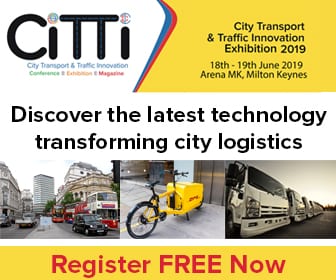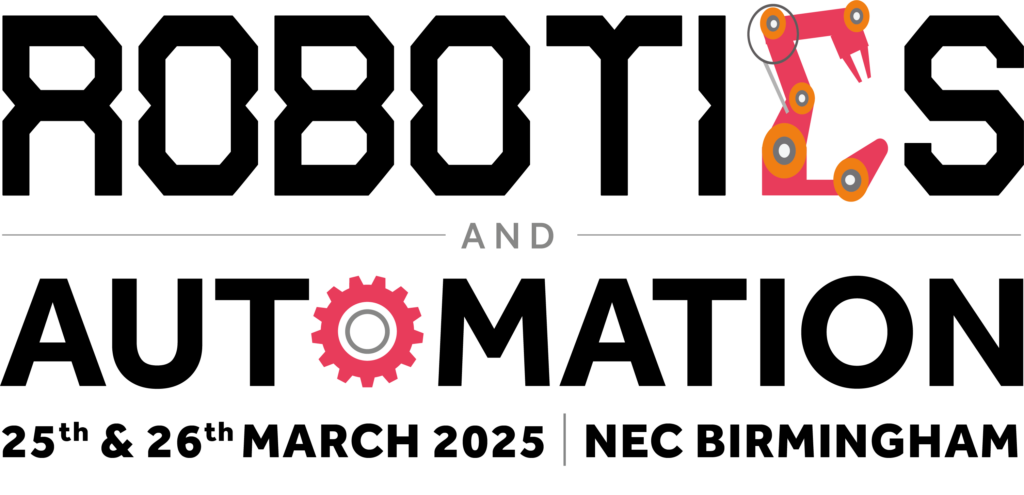On Tuesday at the CiTTi exhibition which is taking place at Arena MK in Milton Keynes, John Lewis Partnership CEng FIMechE general manager – fleet, Justin Laney spoke about John Lewis’ strategy for a zero-carbon fleet by 2045.
As a company John Lewis is aiming to reduce its carbon emissions in all areas, not just by converting to alternative fuels. Laney noted that John Lewis is looking into reducing miles, reducing fuel burn per vehicle in addition to transiting away from diesel.
He gave an example of John Lewis working with Cambridge University to work on making its vehicles more aerodynamic. The collaboration helped achieve a seven per cent fuel saving.
Laney explained that biomethane conversions helps to achieve 83 per cent emission reduction, 35 per cent reduction in fuel costs and has half the noise of a diesel truck. He also added that drivers are very receptive to biomethane vehicles.
Currently, John Lewis has 60 dedicated biomethane trucks and has plans for a further 200 by 2021. Biomethane plays a key role in John Lewis’ strategy for achieving zero carbon by 2045 and Laney believe that it also plays an important role in freight transport beyond that.
Laney outlines potential challenges when it comes to converting to alternative fuels. He highlighted timing and infrastructure as the two main obstacles, explaining that the technology and infrastructure needs to align and pose a risk if they do not.
Contingency plans are also required, explained Laney. Back up plans are always required just in case. Likewise, safety measures need to be taken into consideration with the right people being trained to handle methane. Laney notes that this is not something we often realise as we are so used to dealing with the existing risks associated with diesel.
He pointed out sustainability issues associated with biomethane use, too. This includes fuel sourcing, venting the methane in a way that is not harmful to the environment, vehicle life cycle, and looking to make last mile deliveries for efficient.
Likewise, financial obstacles include residual values and obsolescence as well as fuel prices, system costs (such as infrastructure) and skills.
Following on from alternative fuel technology, Laney believes that then next big change lies with autonomous vehicles.





